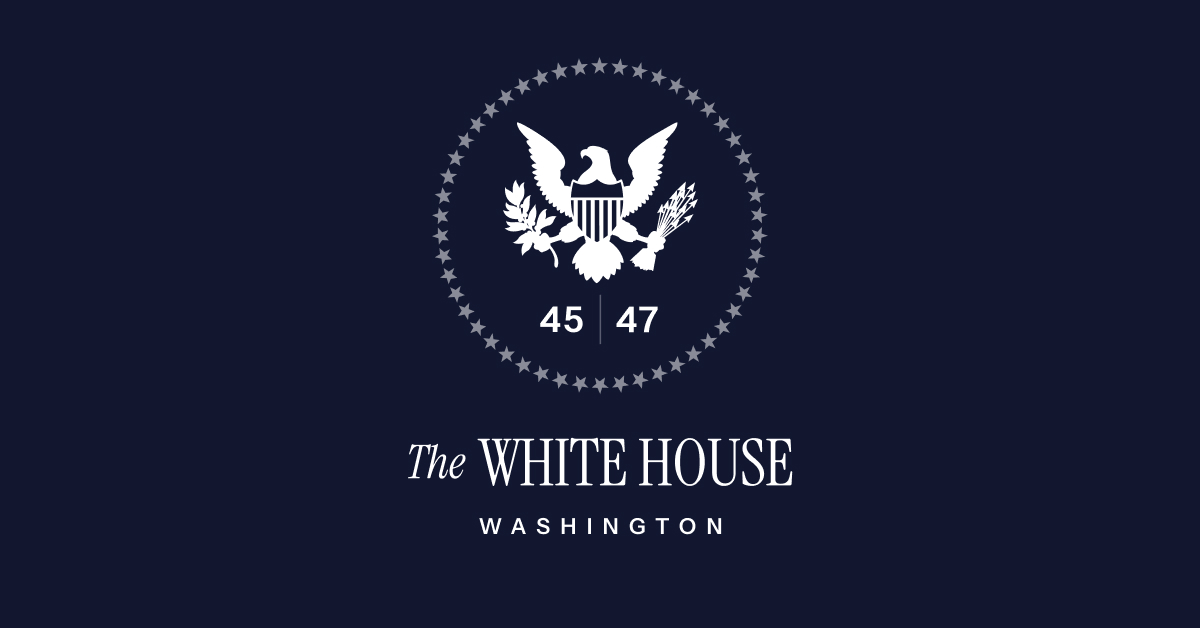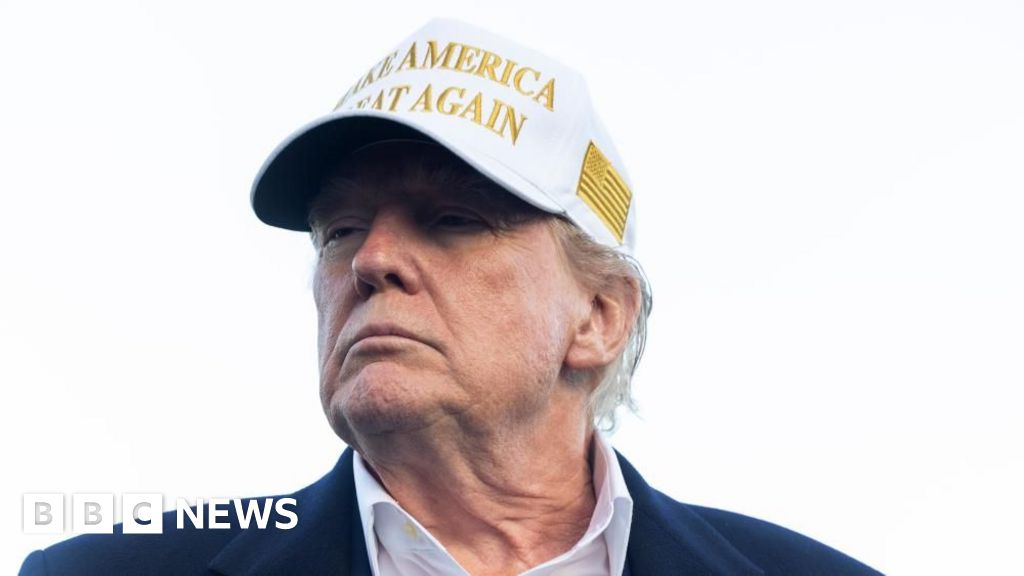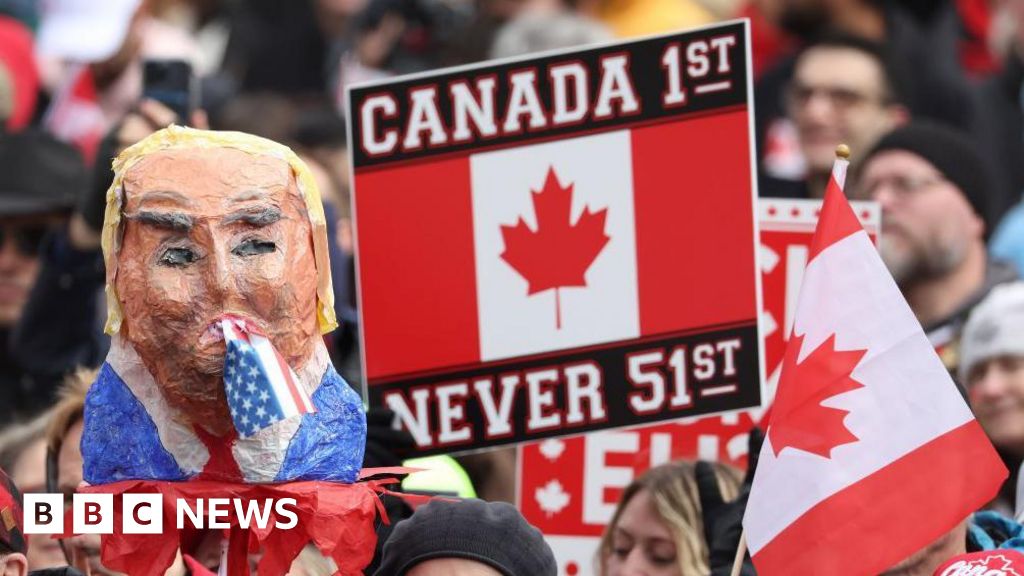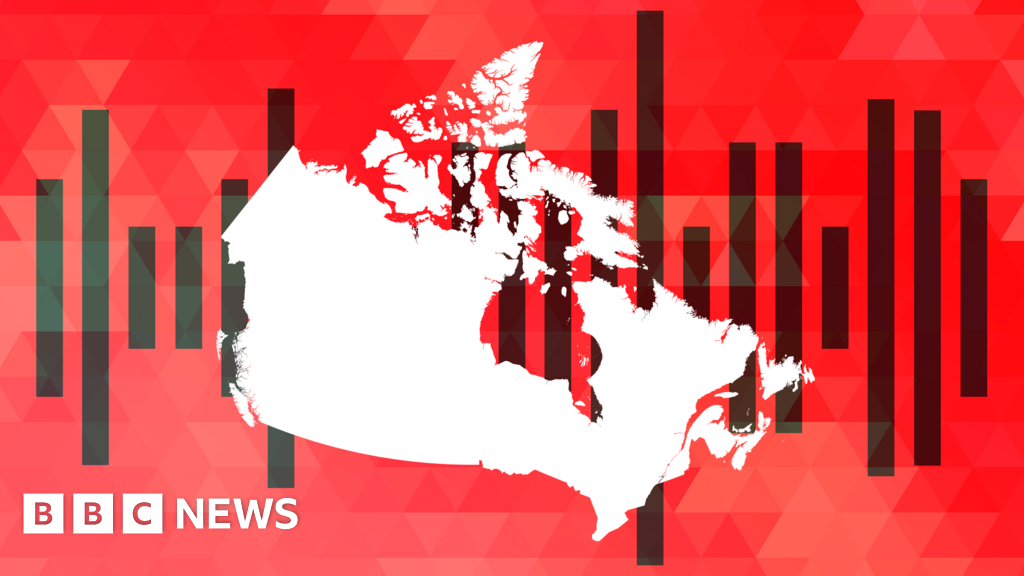Trump’s trade war: the hidden cost for US packaging firms

With Donald Trump in his second term in office, the economic landscape in the US continues to reflect the long-lasting impacts of his trade policies, particularly within industries like packaging. Though the headlines during the US-China trade war of 2018-2019 were dominated by disputes over steel, automobiles, and agriculture, the quieter, yet significant, consequences for the packaging sector are still being felt today. For many US packaging firms, Trump's tariffs reshaped cost structures, supply chains, and long-term strategies—challenges that continue to define their operations. While these policies were initially justified as efforts to reinvigorate domestic manufacturing, the reality for packaging companies was more complex. Rising material costs, supply chain disruptions, and ongoing policy uncertainty have had a lasting effect on this critical industry, with implications far beyond the trade wars themselves. Materials under pressure The packaging industry is an exceptionally material-intensive sector, reliant on raw materials such as aluminium, steel, paperboard, and plastics. When the Trump administration imposed tariffs on aluminium and steel imports in 2018, costs for these essential components quickly surged. For packaging giants like Ball Corporation and Crown Holdings, the tariffs represented a significant burden, driving up the price of materials like aluminium used in beverage cans and steel for containers. In some cases, these cost increases were passed onto consumers. However, given the competitive nature of the packaging market, many firms struggled to fully offset these price hikes, leading to squeezed profit margins. Smaller companies in particular faced difficulties, as they lacked the negotiating power to adjust prices or secure cheaper alternatives. While plastic packaging companies weren’t directly impacted by steel and aluminium tariffs, they experienced indirect effects. The retaliatory tariffs imposed by China and other trading partners on US products disrupted the petrochemical sector, leading to rising resin costs. With plastics a central element in packaging materials, this further compounded cost pressures across the industry. Supply chain disruptions and uncertainty The Trump administration’s aggressive trade stance introduced a level of volatility that disrupted global supply chains—an especially critical factor for packaging firms. The increased tariffs and retaliatory measures between the US and its trade partners, particularly China, left many packaging manufacturers scrambling to find alternative suppliers and adjust their sourcing strategies.

















